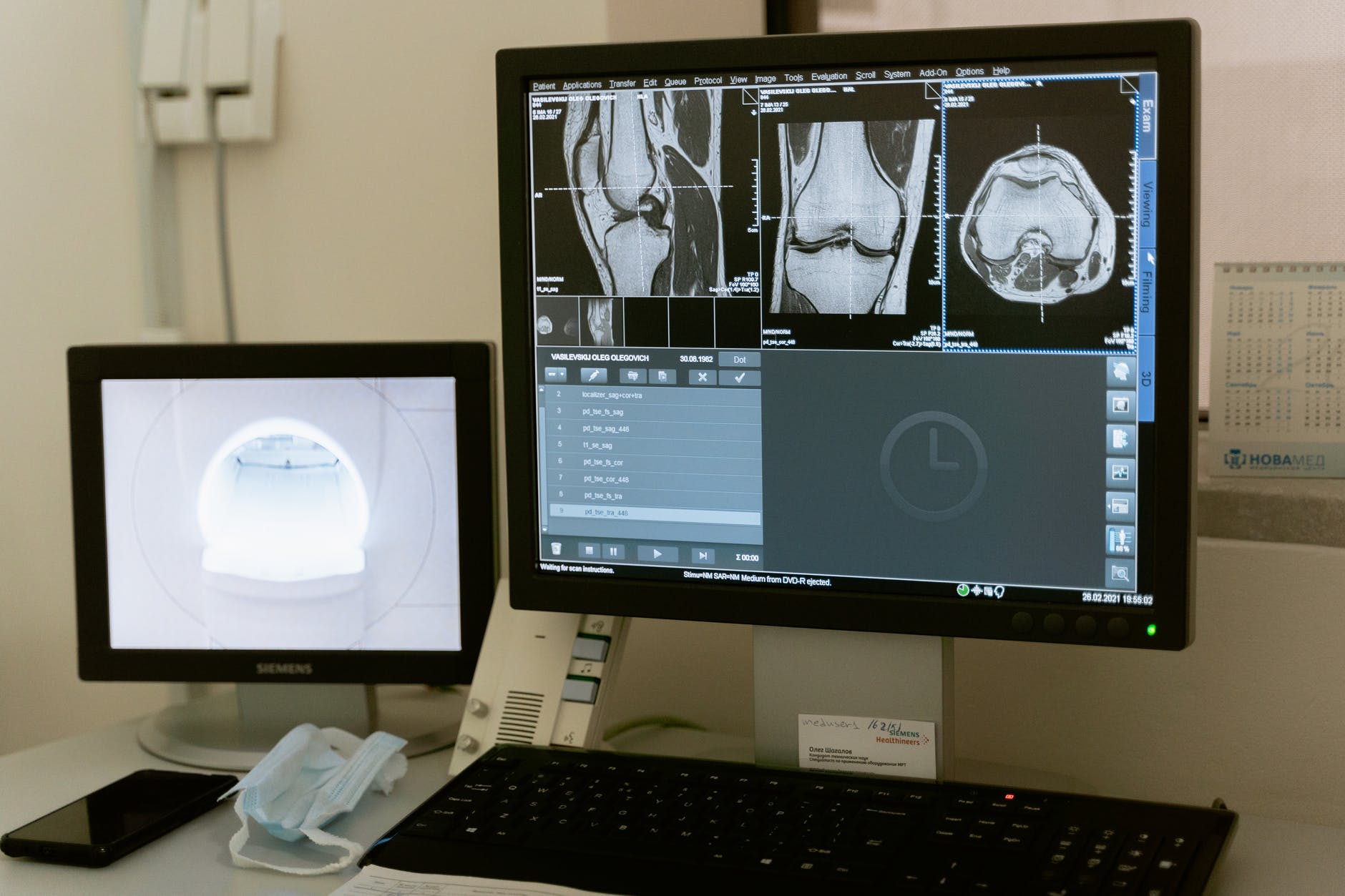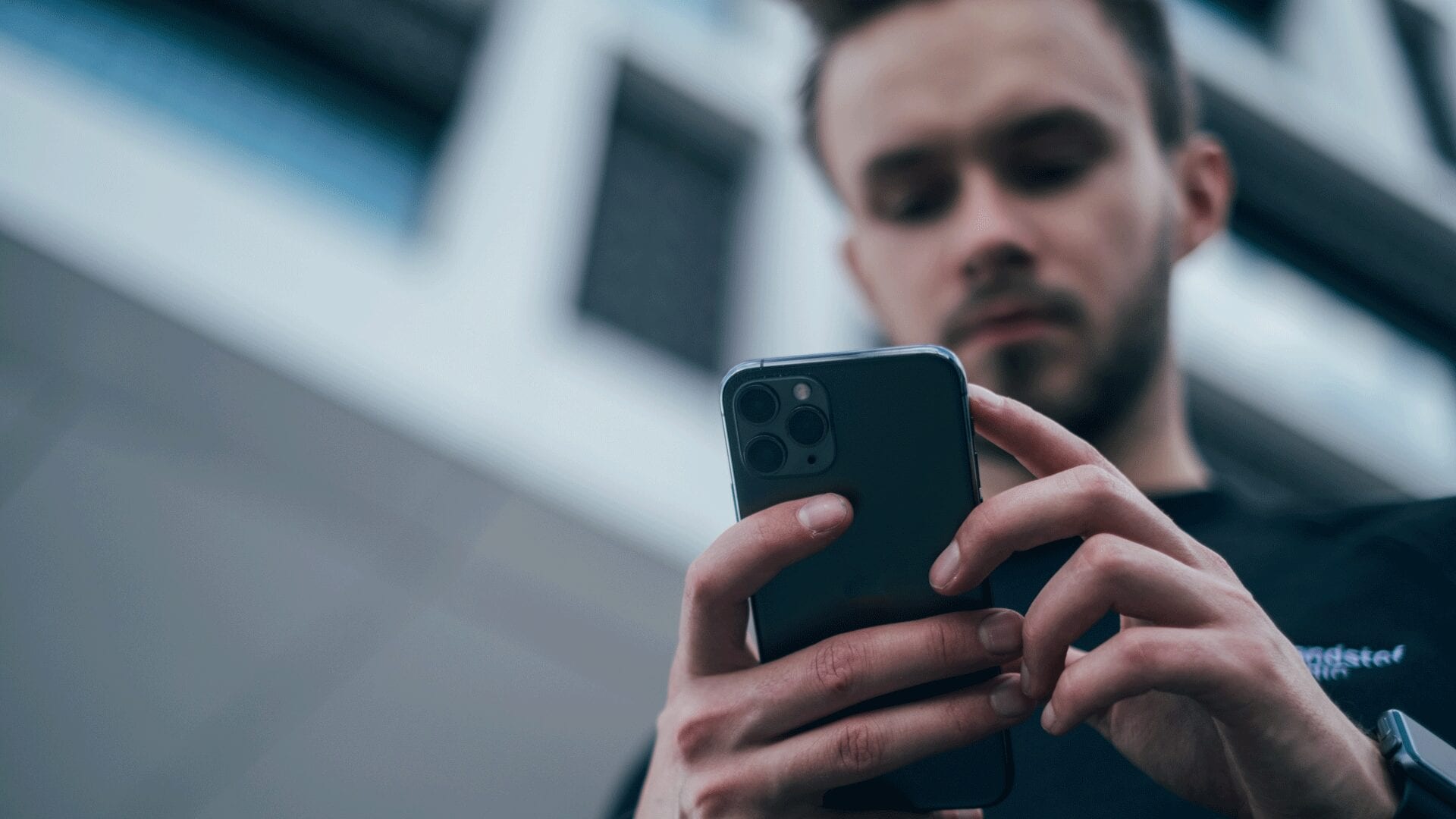5 Things to Know about Engaging National Health Plans
| By Nadia Padayachy | 0 Comments

The UK Government’s latest consultation on a national health plan and new cancer policy has just closed, with the aim of developing a new cancer plan towards the end of this year. But will a new plan deliver and are we better having lots of individual plans for each therapeutic area, or better to have overarching plans that might cover a multitude of conditions? And does the delivery of a policy focused on an individual condition guarantee better outcomes for patients?
Here are five essential things to understand about the new policy – its context, its challenges, and what it needs to succeed.
- We’ve been here before (and it didn’t go well)
The new cancer strategy follows disappointment from patient groups and clinicians that the previous administration did not bring such a plan forward.
The Conservative Government published a Major Conditions Strategy in August 2023, which was meant to take a more joined-up approach to healthcare and avoid separate plans for different conditions. The plan, which was criticised from the outset by medical charities and professionals, identified six major conditions, which would be the focal point of implementation, which included many of the major conditions. Nevertheless, those conditions not on the list immediately felt they would not receive the attention they deserved and even those identified as a major condition lamented the lack of a dedicated strategy. The strategy was paused and has been overtaken by political changes.
Although there will be a 10-year vision of the NHS published in the coming months, the Labour Government has already introduced a consultation on a national cancer plan and is currently consulting on a new strategy on men’s health. More will follow. Will this be enough to placate the health lobby?
Bottom line: The idea of “one big plan for all conditions” didn’t stick. We’re back to targeted strategies – but with renewed pressure to deliver.
2. Broad plans often miss the nuance
The truth is that for each major condition, such as heart disease or cancer, covers a multitude of conditions in their own right. Invariably, even a strategy covering a major condition will be more beneficial to some patients (and clinicians) than others. Solid tumour cancers, for example, often get greater focus than blood cancers. Pancreatic, liver, oesophagus or lung cancers are a source of major concern because the survival rates are lower than other cancers. Moreover, such strategies often focus on diagnostics, treatment and patient pathways, rather than issues such as prevention, medicines and the difficulties of comorbidity.
While many concerns are raised about the content of government healthcare strategies, even greater concerns are raised in due course about leadership, funding and implementation.
3. Strategy is only as strong as its implementation
Most health strategies are developed by leading clinicians and patient groups, with support from government officials. That means from the outset the healthcare strategy in question can lack a political leader at its helm to bang the drum from within government. That can lead to a lack of political leadership in some places, though it brings the advantage of being apolitical.
Clinicians are extremely busy and many don’t have the time or resources to effectively follow up strategy implementation. However, strategies help coalesce patient groups and wider representatives, helping galvanise their efforts. Implementation though rarely matches the aspirations set out in the policy papers as difficulties emerge around rolling out new policies and procedures across the nation.
Bottom line: Without clear leadership and follow-through, even well-written strategies often lose momentum.
4. No funding, no future
Funding is the next major hurdle. Rarely are healthcare strategies fully costed. This leads to high aspirations, but difficulty delivering due to lack of funding commitments. While patients, clinicians and politicians can use the strategy to lobby for change and appropriate funding to be made available, invariably the funding falls short to support the workforce, diagnostic centres, technology and medicines required. Added to that, there are acute workforce shortages in specialist medical fields, hindering quick implementation.
Bottom line: High ambitions need real money – and right now, the NHS is stretched on both fronts.
5. Policy success needs political will (and persistent pressure)
The mismatch of expectations and delivery can become acute and lead to an industry of lobbying activities to see individual strategies delivered. It feels like a competitive environment and in many ways, it is. Putting all the onus on government to deliver programmes is unlikely to deliver success. But equally, ensuring a government minister is willing to show leadership and be accountable for its delivery is critical. Targets set within healthcare strategies are helpful not only as milestones, but also to hold governments to account.
Final thoughts
For the healthcare communicator, it is therefore imperative that they look clearly at healthcare policies as a long-term project, where wins need to be followed quickly through with commitments to action. It’s as important to lobby those who hold the purse strings as it is to lobby the health officials. And it’s important to demonstrate and maintain cross-party and clinical backing throughout the implementation phase. Hopefully the health strategies of the future will meet the healthcare lobby’s expectations.
Ross Laird is the Global Director at Grayling Health. For more information on how our teams can help your organisation, please contact ross.laird@grayling.com.








